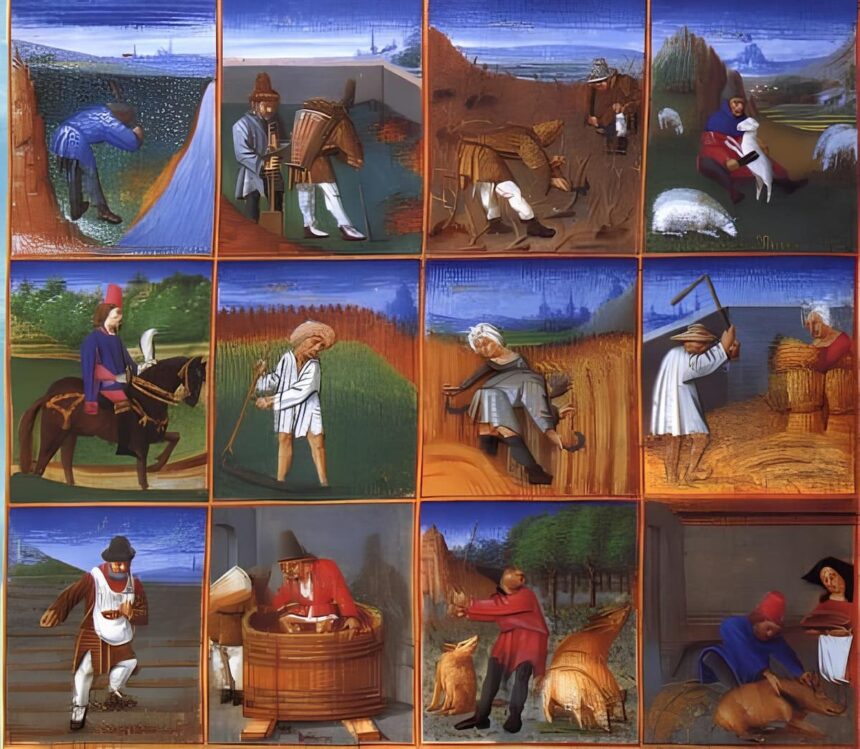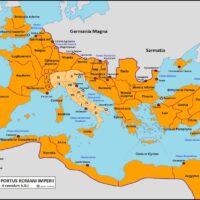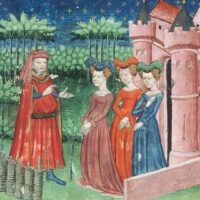Aristocracy and Nobility in the Middle Ages
During the Middle Ages (roughly 5th to 15th century), aristocracy and nobility played central roles in shaping the social, political, and economic structures of European society. This period witnessed the rise of a rigid class system in which the aristocracy, consisting of kings, lords, knights, and other noblemen, held vast power over the land and its people.




